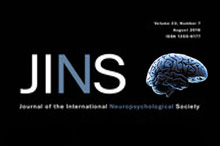
“Endocannabinoid peptides, or “pepcans,” are endogenous ligands of the CB1 cannabinoid receptor. Depending on their length, they display diverse activity: For instance, the nona-peptide Pepcan-9, also known as hemopressin, is a powerful inhibitor of CB1, whereas the longer variant Pepcan-12, which extends by only three amino acid residues at the N-terminus, acts on both CB1 and CB2 as an allosteric modulator. These findings open the way to structure-driven design of selective peptide modulators of CB1.”
https://www.ncbi.nlm.nih.gov/pubmed/30505835
https://www.frontiersin.org/articles/10.3389/fmolb.2018.00100/full





 “Cannabis is one of the most widely used plant drugs in the world today. In spite of the large number of scientific reports on medical marijuana there still exists much controversy surrounding its use and the potential for abuse due to the undesirable psychotropic effects. However, recent developments in medicinal chemistry of novel non-psychoactive synthetic
“Cannabis is one of the most widely used plant drugs in the world today. In spite of the large number of scientific reports on medical marijuana there still exists much controversy surrounding its use and the potential for abuse due to the undesirable psychotropic effects. However, recent developments in medicinal chemistry of novel non-psychoactive synthetic 


